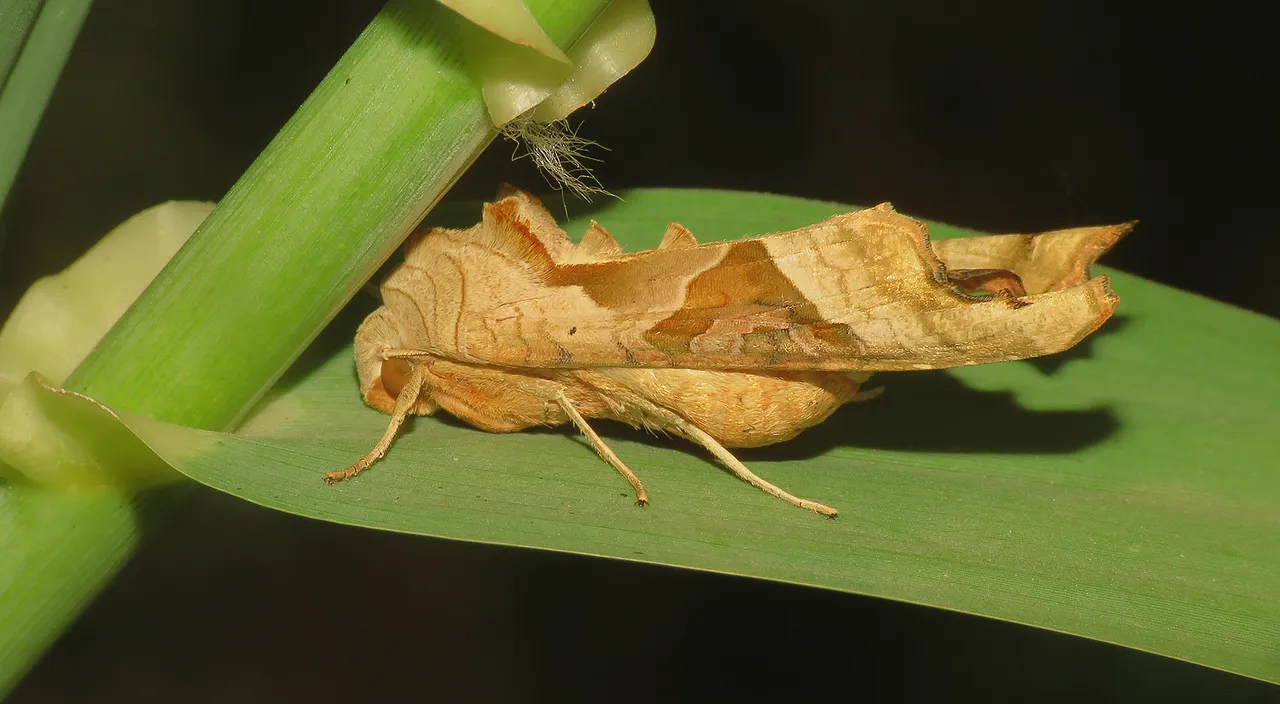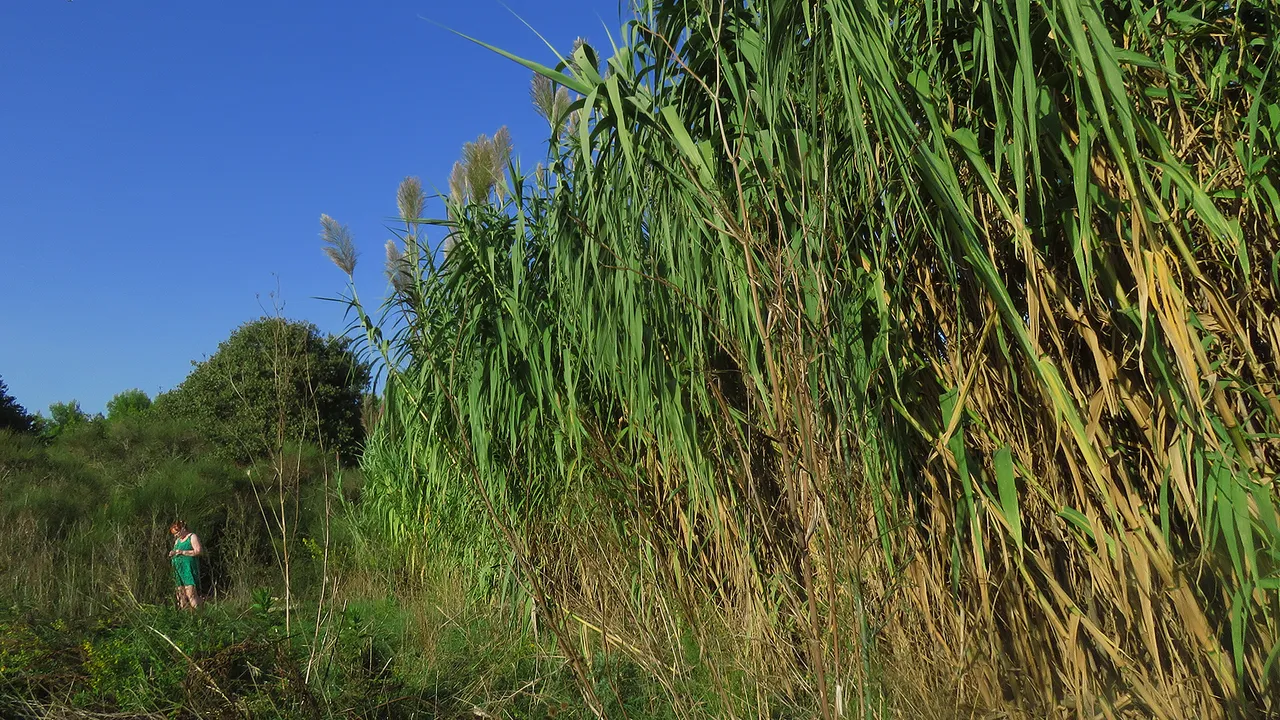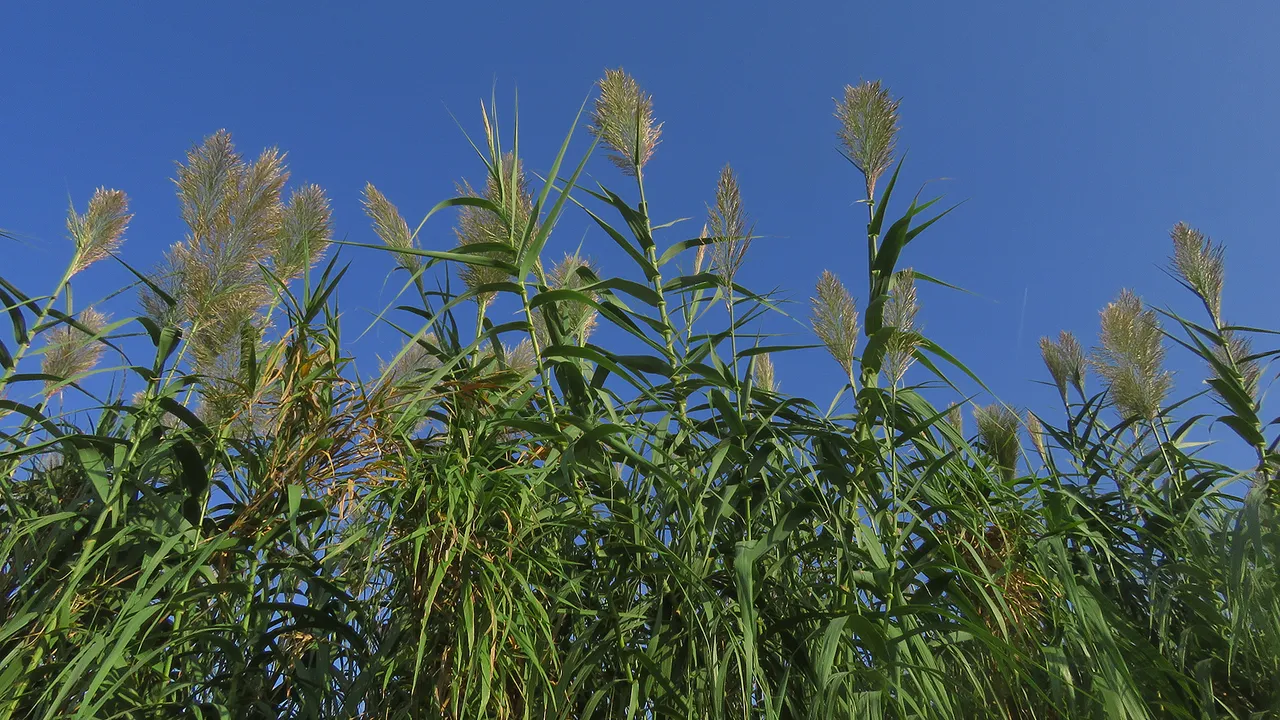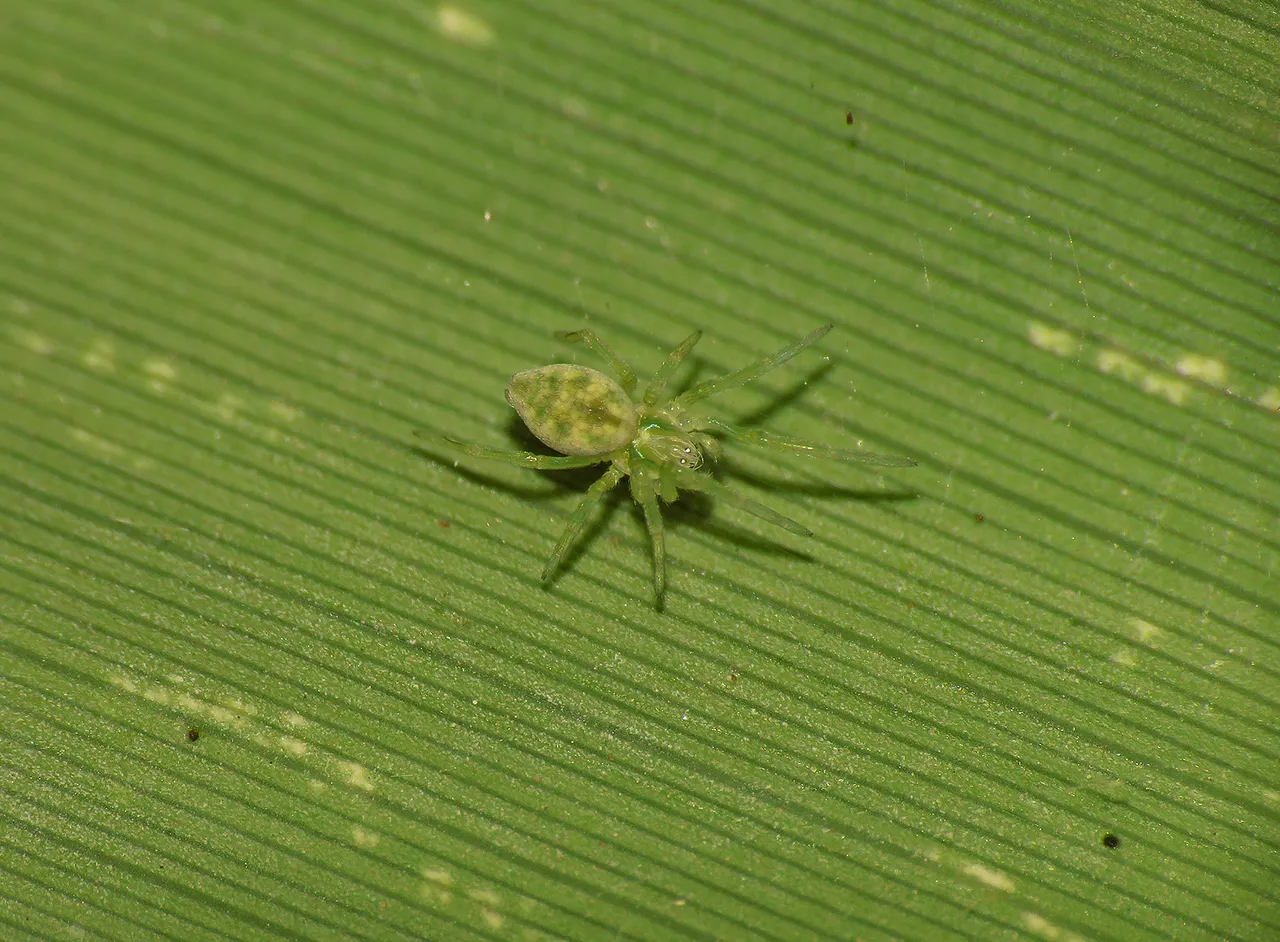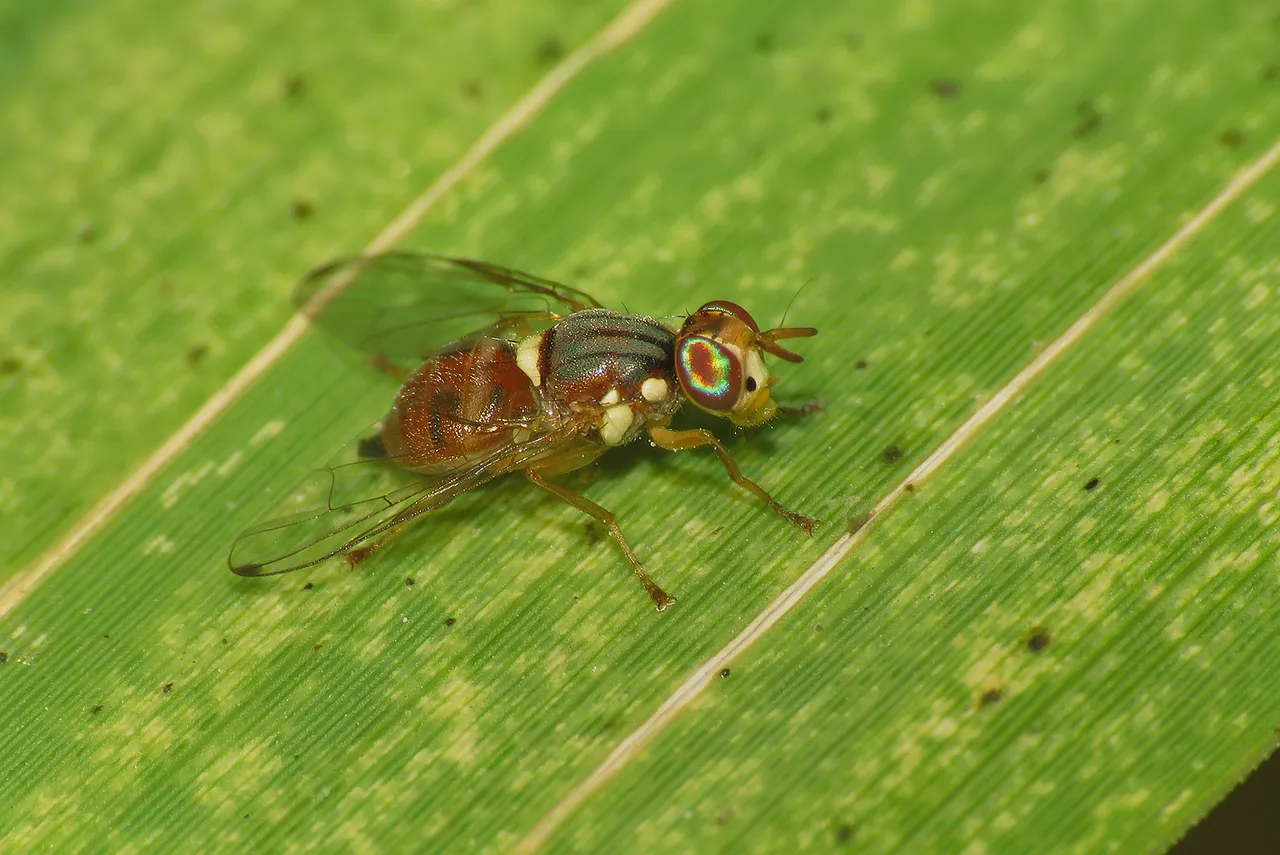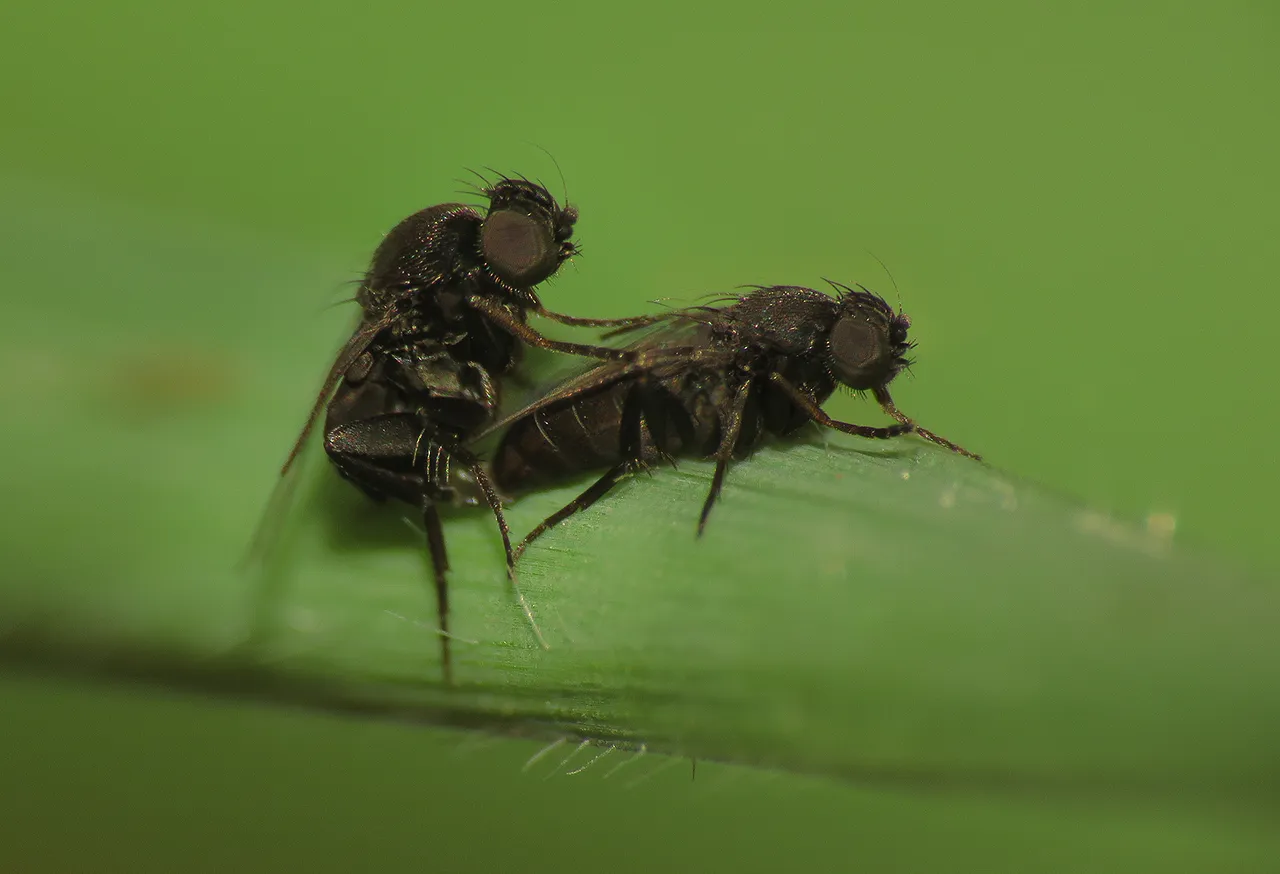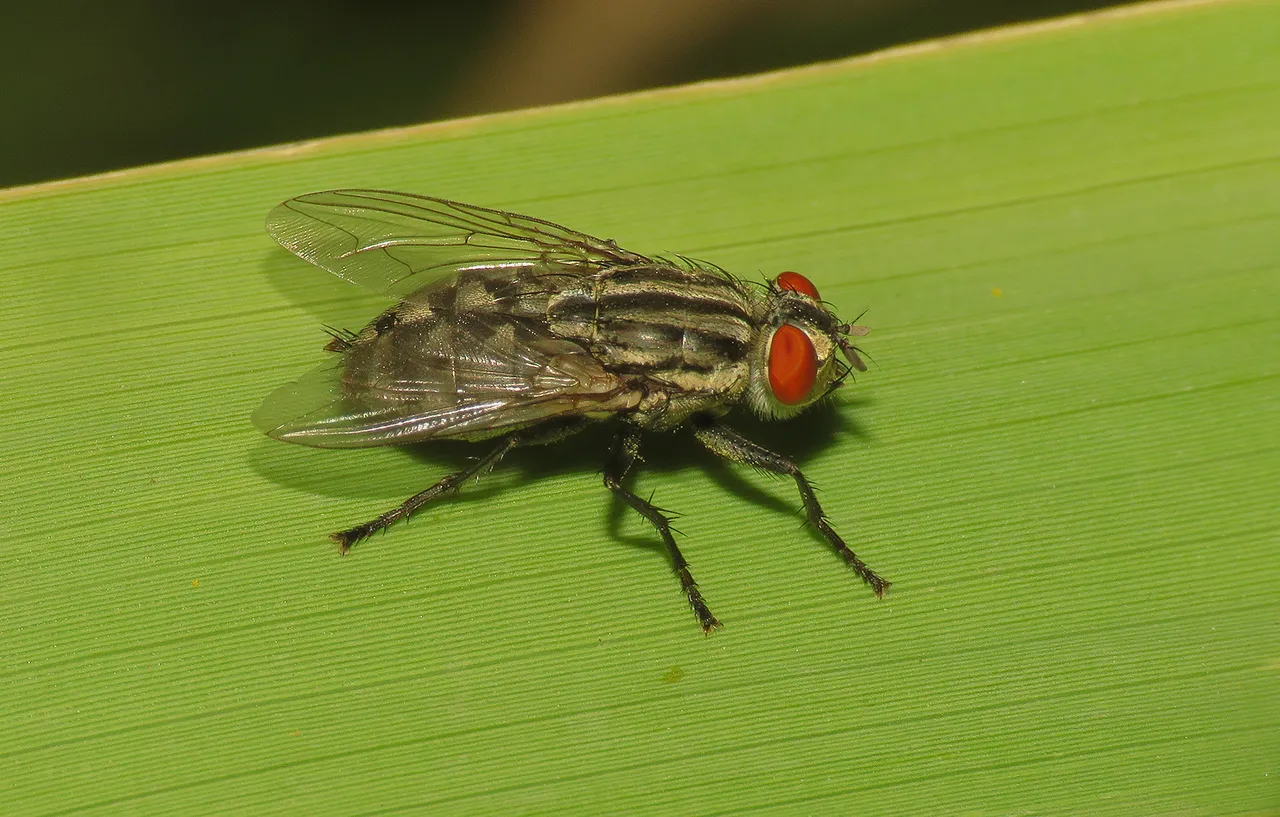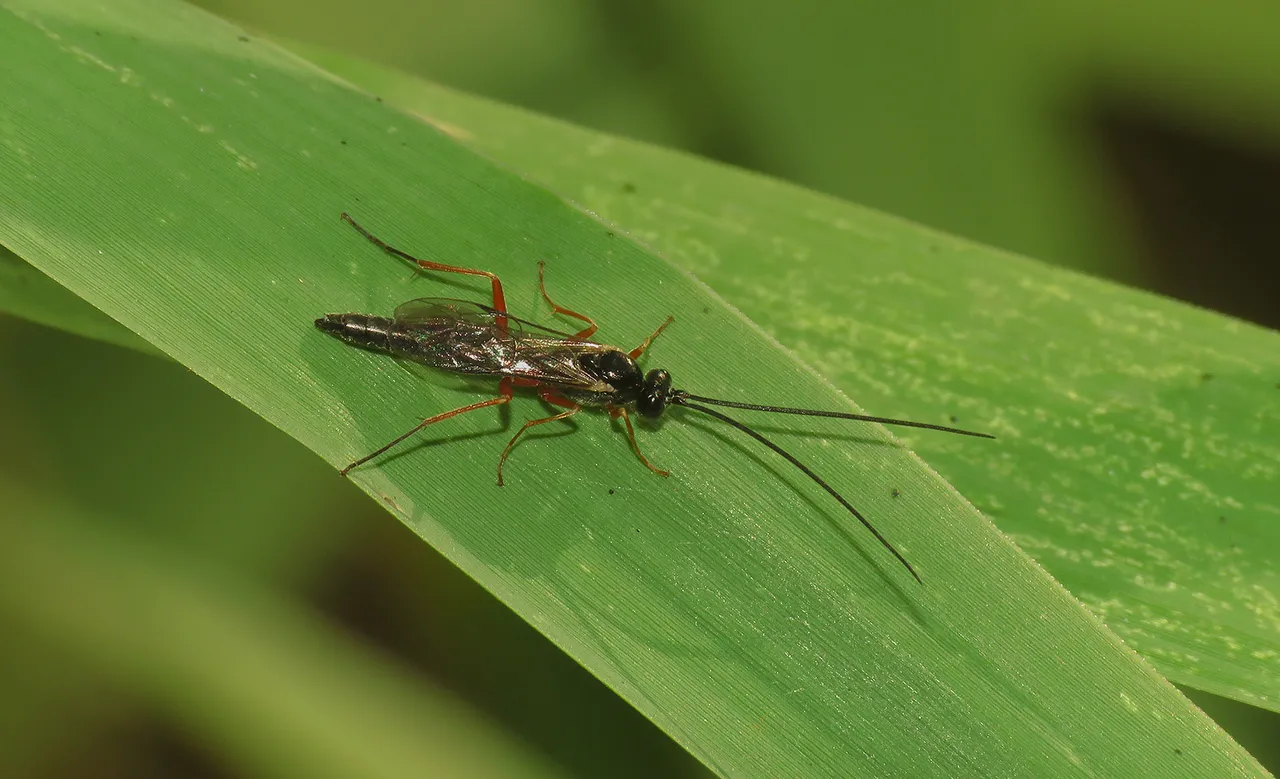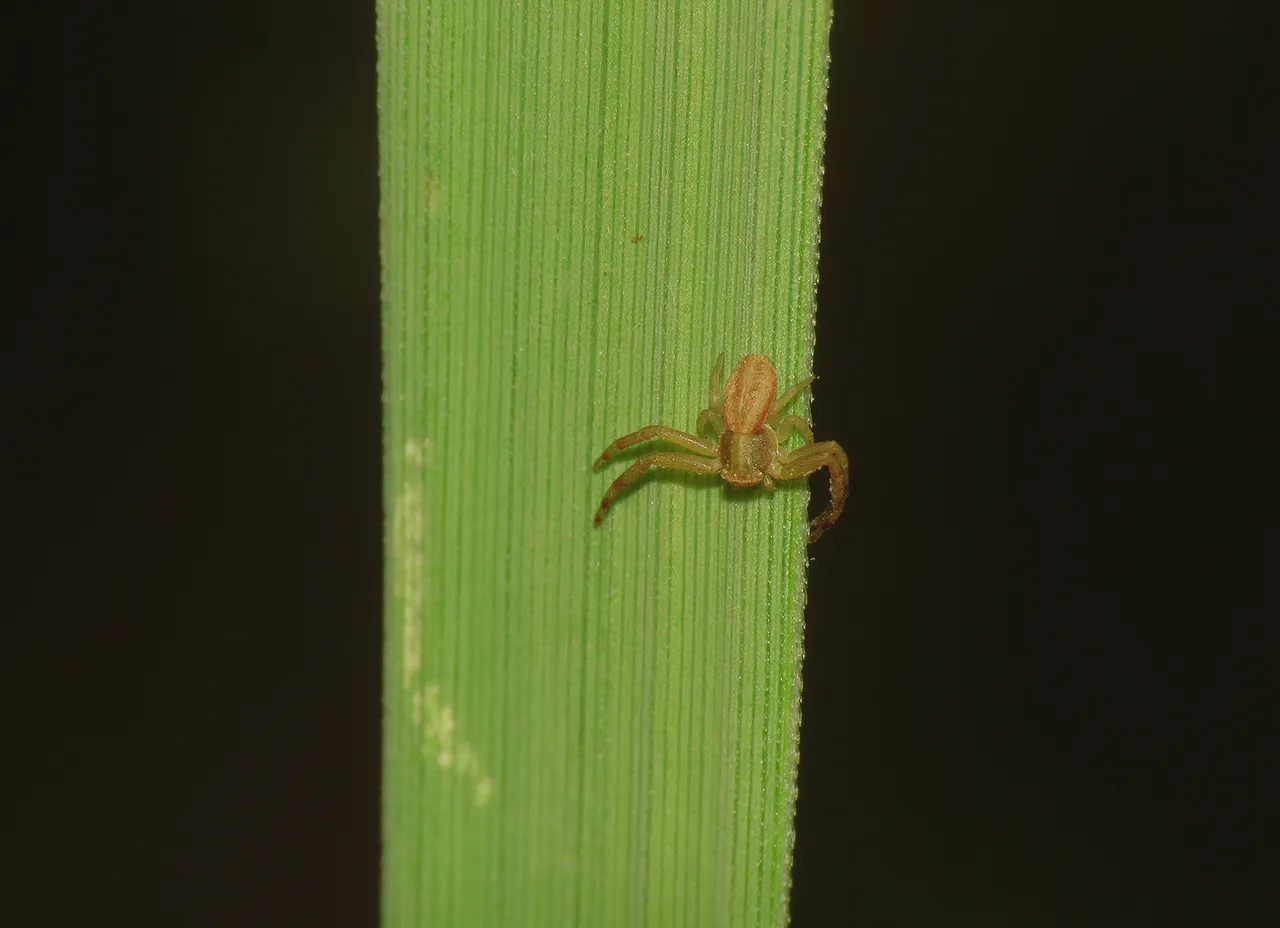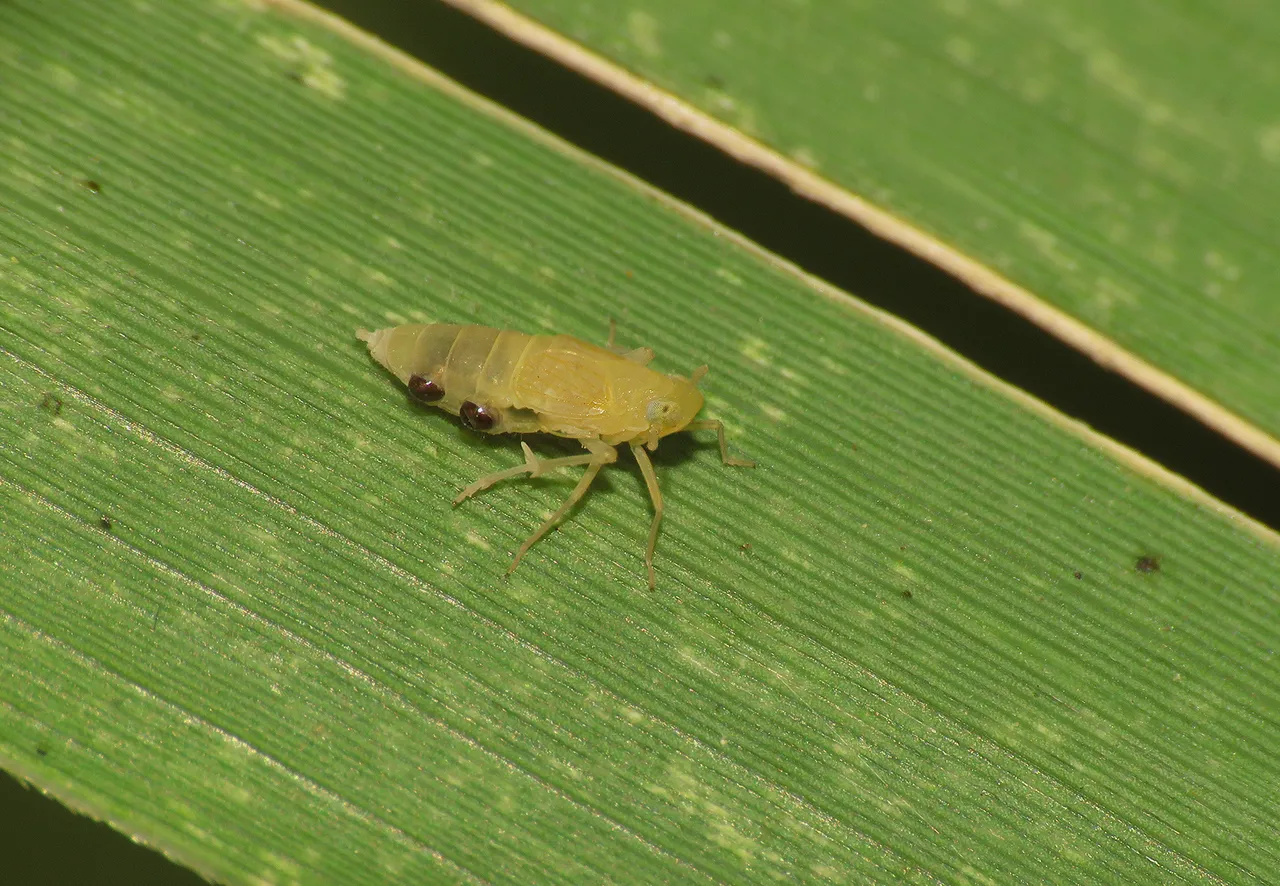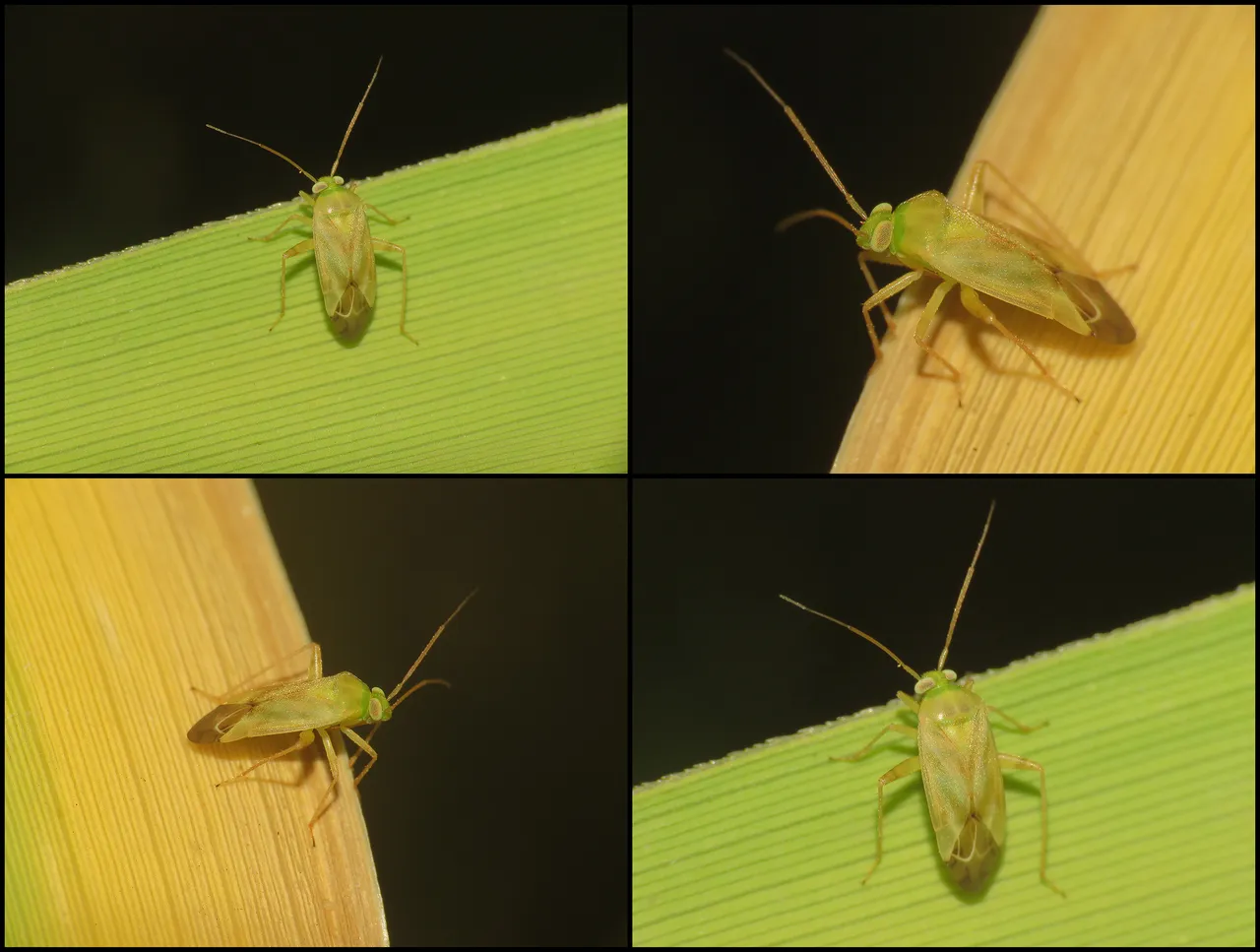I like how "October the Third" sounds. Like those names I sometimes hear in the news and movies. They always sound pompous to me because of the various kings and such, but those are probably normal names in some families, I guess. I don't know. Who cares - let's talk about insects now, they are the protagonists of this post.
On the 3rd of October, I spent a couple of hours around the reeds that grow near an abandoned stone quarry in Marlera. I said it many times in many posts already, but I'll repeat it here to explain the word Marlera and give a better idea about the setting: "Marlera is a coastal area near the village of Liznjan, about five or six kilometers from where I live."
Here you can see the Phlogophora meticulosa, a moth from the Noctuidae family.
I find the markings and the shape of this moth's slightly folded wings absolutely amazing. Among the fallen leaves, the insect is practically invisible but even here, on the long green leaf of the reed, its camouflage kinda works. It looks like a small dead leaf from a distance, a dead leaf that somehow ended up attached to the reed. In the following photograph ...
... you can take a look at the straight line of reeds that looks like the work of a gardener.
Stems of the reed grow from underground rhizomes that form a connected network. In this case, there must be something about that narrow stretch of soil or about the humidity of that area, that makes the plant grow in such a neat line. I mean, that's only my relatively educated guess not a word of an expert.
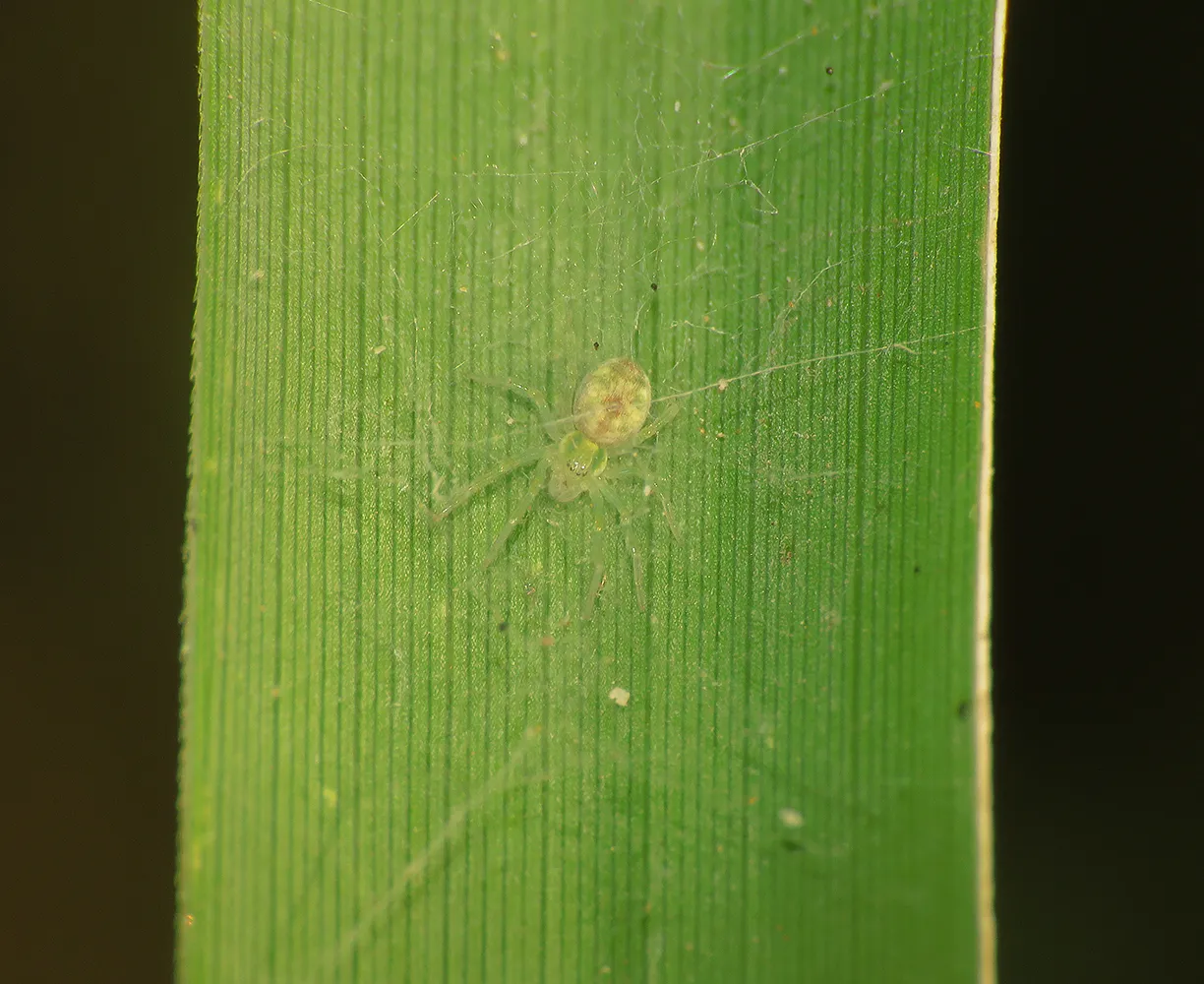
Here you can see another nice example of mimicry. The tiny spider is well hidden in plain sight on the upper surface of the leaf. It looks like a tiny pale dot.
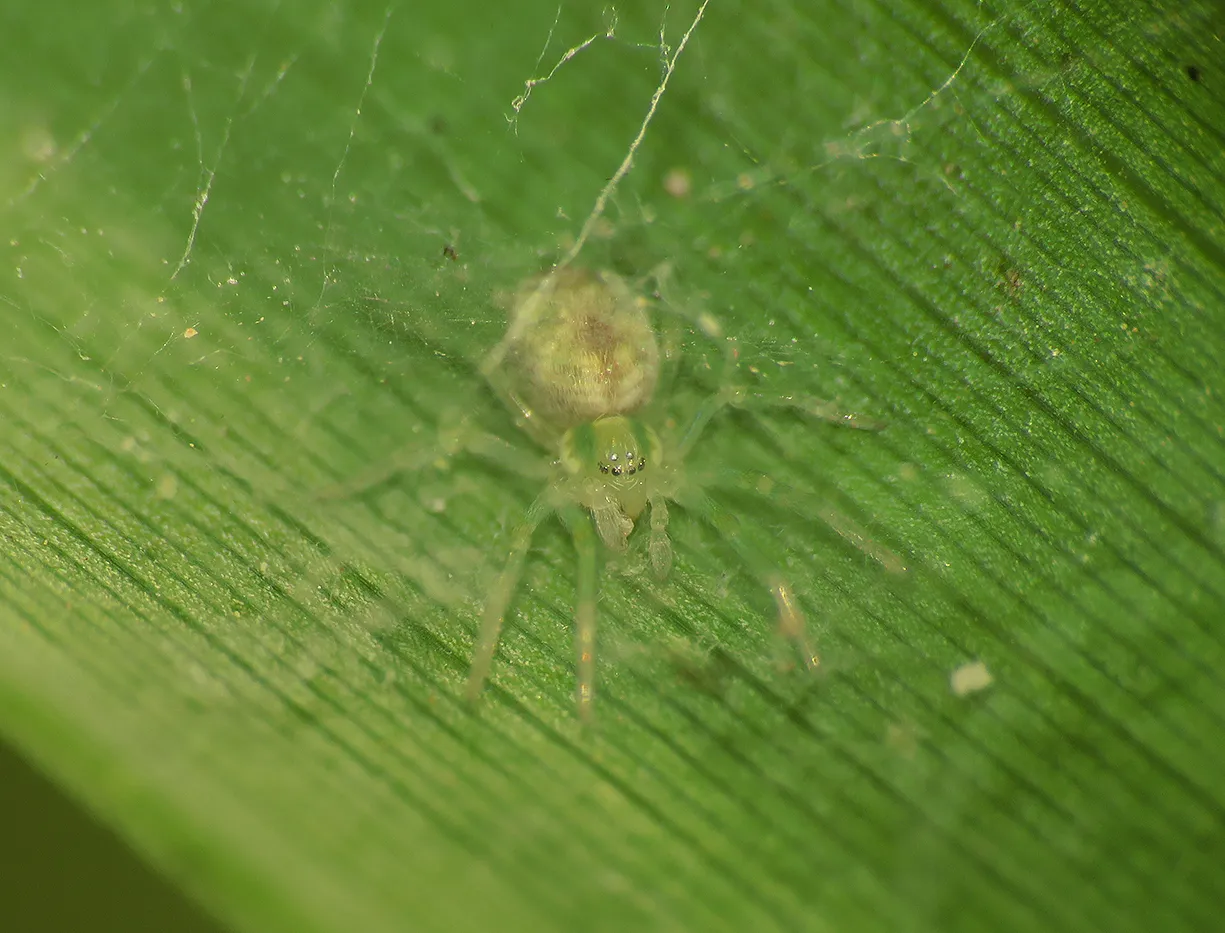
The name of the species is Nigma puella. The family is Dictynidae. Like in many other spiders, the abdominal markings can vary from individual to individual in this species. This Nigma puella has a pale pinkish shape in the center of the upper surface of the abdomen. In the following photograph ...
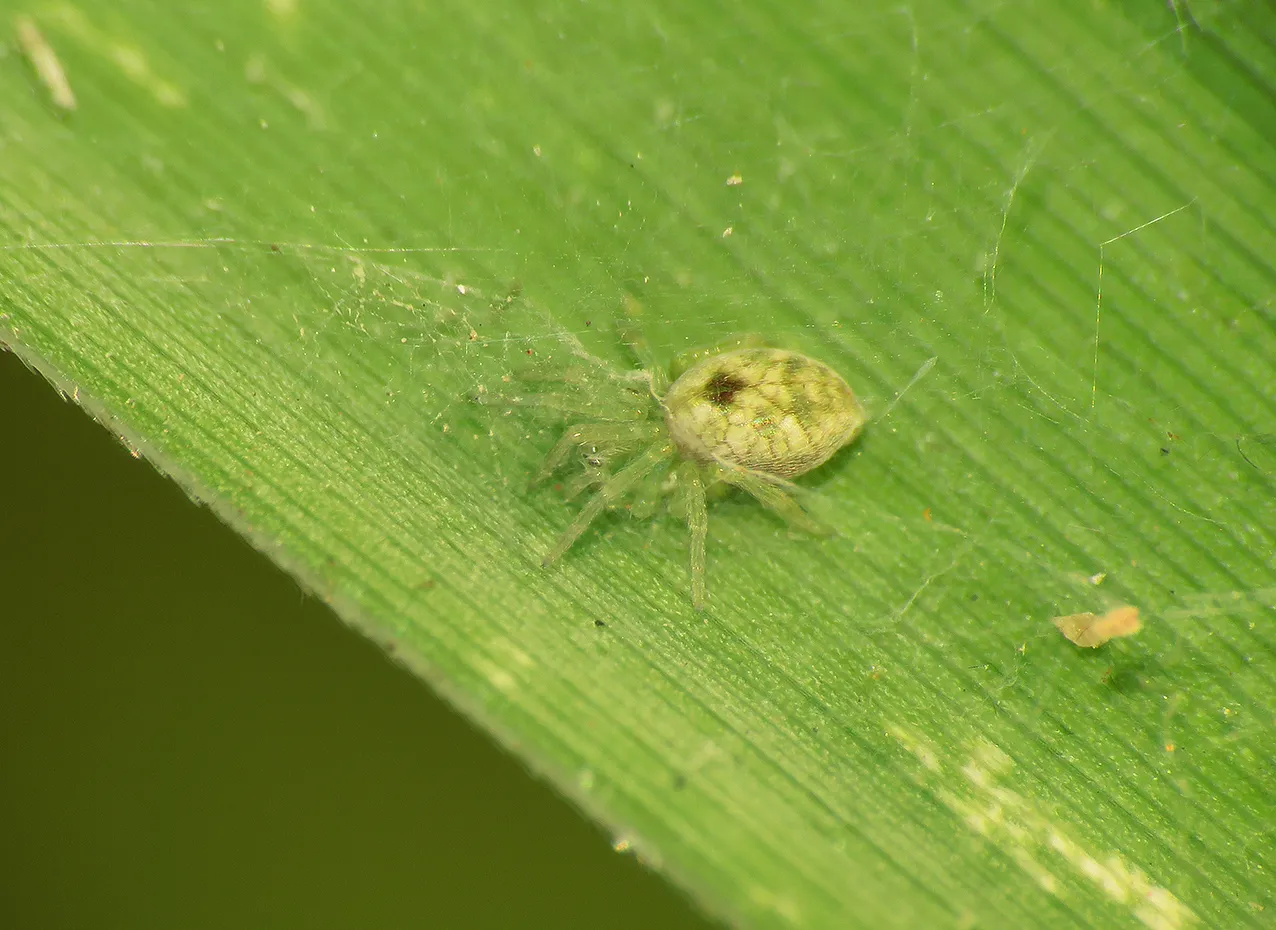
... you can see one decorated with a dark spot.

Here you can see a slightly different, vertical version of the same thing.
The Nigma puella shown in this and the following photograph ...
... has a series of green markings.
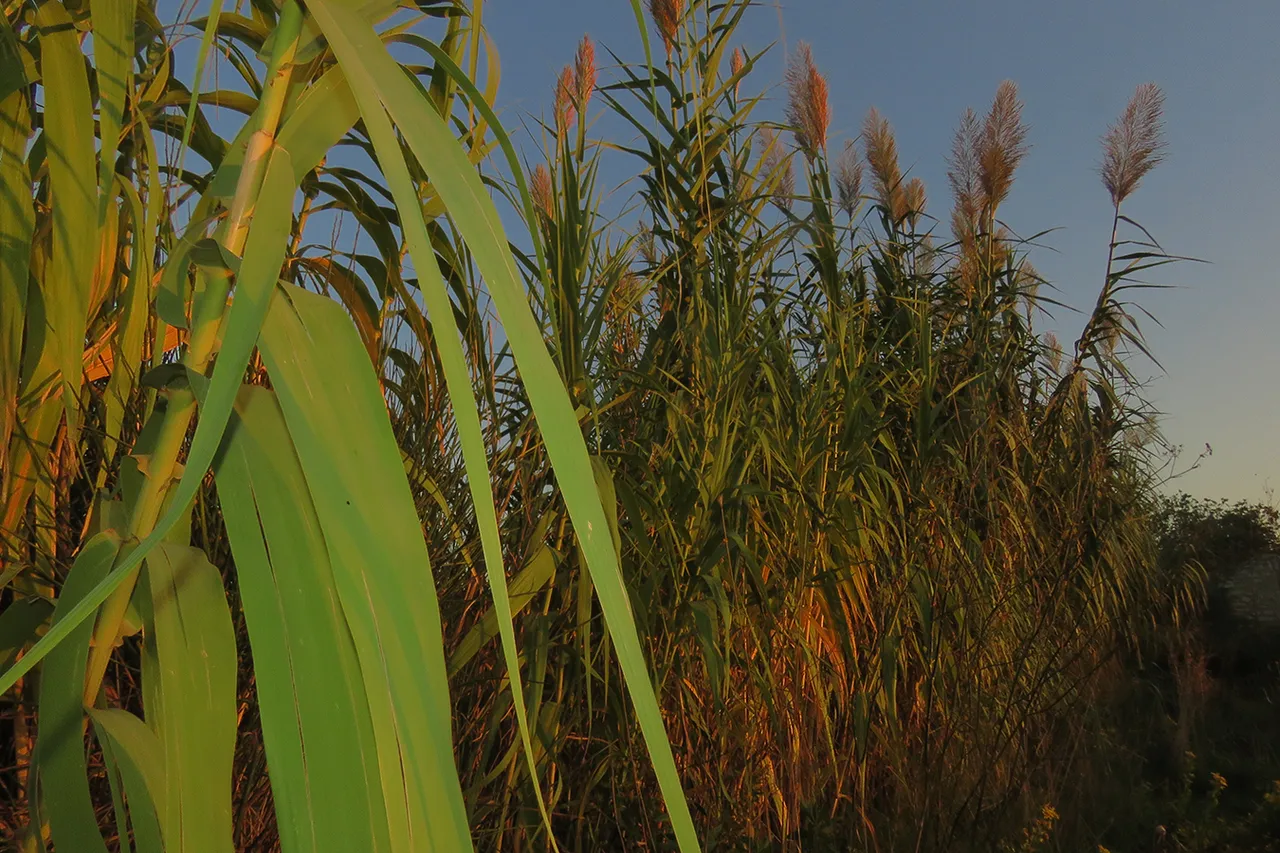
Here you can take another beneficial break from the macro view by watching the reeds for at least three seconds. The photograph was taken in the evening.
This fly from the Tephritidae family was the highlight of the macro experience on October, the third for me. Despite being a very common species whose larvae feed on olives, I somehow never saw or photographed it. Maybe the battle against this pest on precious olive trees has been successful so there aren't many olive fruit flies (Bactrocera oleae) around in this area. The adult flies feed mainly on honeydew produced by scale insects. When it comes to the visual appeal of an adult Bactrocera oleae, I think that this is a beautiful insect with trippy eyes.

This pretty big, bee-mimicking fly from the Syrphidae family ...
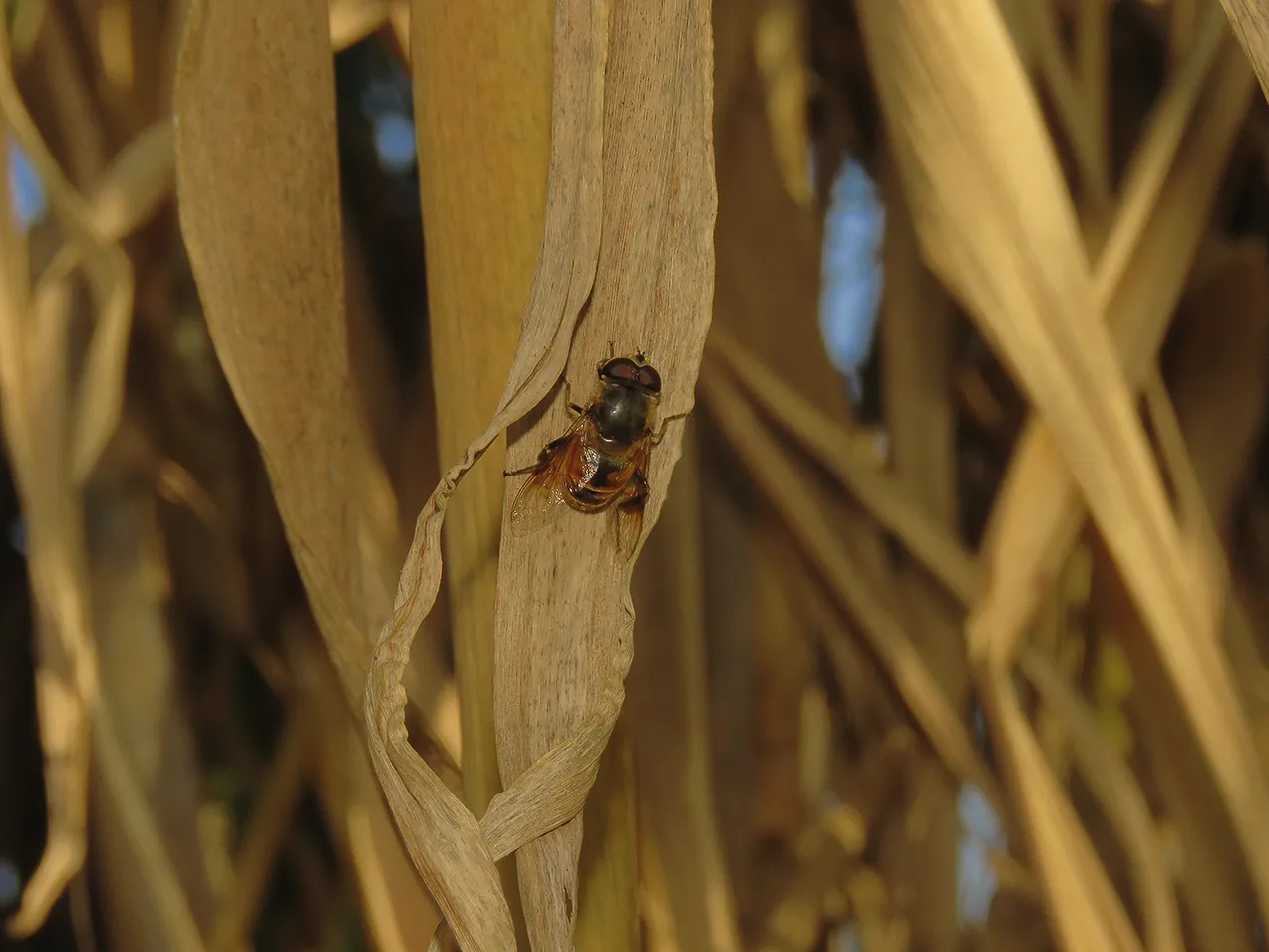
... was resting on the dry foliage in the lower part of the reed. The name of the species is Eristalis tenax.
I found quite a few interesting flies that afternoon. These two very small ones were mating on the grass that grows under the reeds. In this case, I can't tell you the name of the species but I'm completely positive that the family is Phoridae and I'm almost sure that the genus is Megaselia.

This Chrysomya albiceps, a species from the Calliphoridae family was resting on one of the leaves closer to the top than to the base of the reed. I had to stand on the tips of my toes to get the shot.
This pretty big gray fly belongs to the Sarcophagidae family. The name of the species is Sarcophaga carnaria. That's the last one, I have no more flies to show today. Before continuing with other insects ...
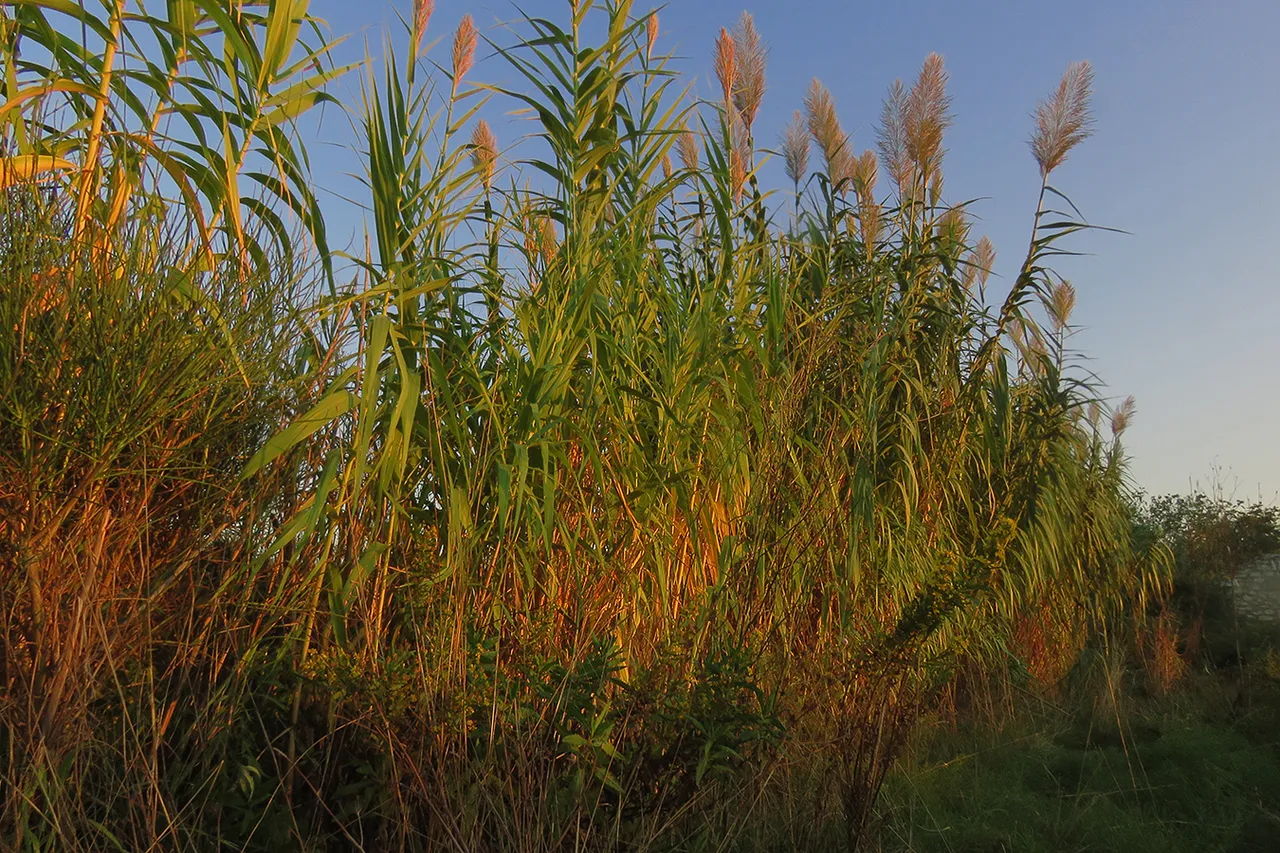
... I suggest another quick break from the macro view.
When it comes to this wasp from the Ichneumonidae family, I'm pretty sure that the genus is Lissonota, but I can't tell you anything more precise than that.
This is a small juvenile Runcinia grammica, a spider from the Thomisidae family that appeared in the previous episode as well. The leaves of the reed provide a very nice, kinda simple but stylish background that looks great in portraits of insects and spiders.
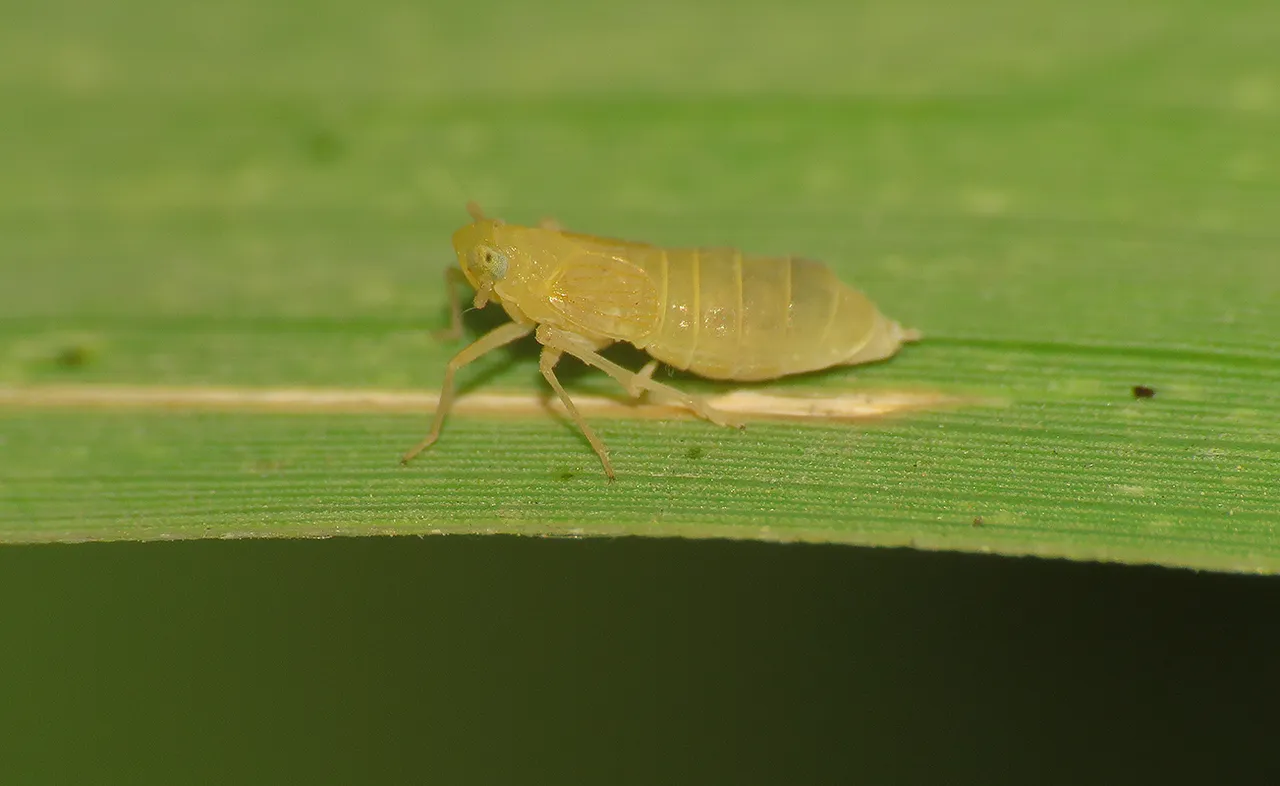
I can't tell you much about the planthopper shown in this and the following photograph. It belongs to the Delphacidae family, that much I'm sure of. It looks a lot like a nymph, but is more likely that it's an adult female, in my opinion. It looks like the insect has just gone through molting - is still pale and soft. Struebingianella lugubrina is one of the species I found on the Internet that has some similarities with this planthopper, but that doesn't mean much. If you know the name of the species, I'll gladly hear it from you.
Here you can take a look at the other side of the same insect. I don't know what are those two dark spherical things in the abdomen. Never saw anything like that on a planthopper and a pretty long Internet search hasn't provided me with any answer. In the following set of four photographs ...
... you can see a bug that I wasn't able to identify. I mean, I'm sure that the insect belongs to the Miridae family but with quite a few similar species around, I can't tell you which one exactly is this.
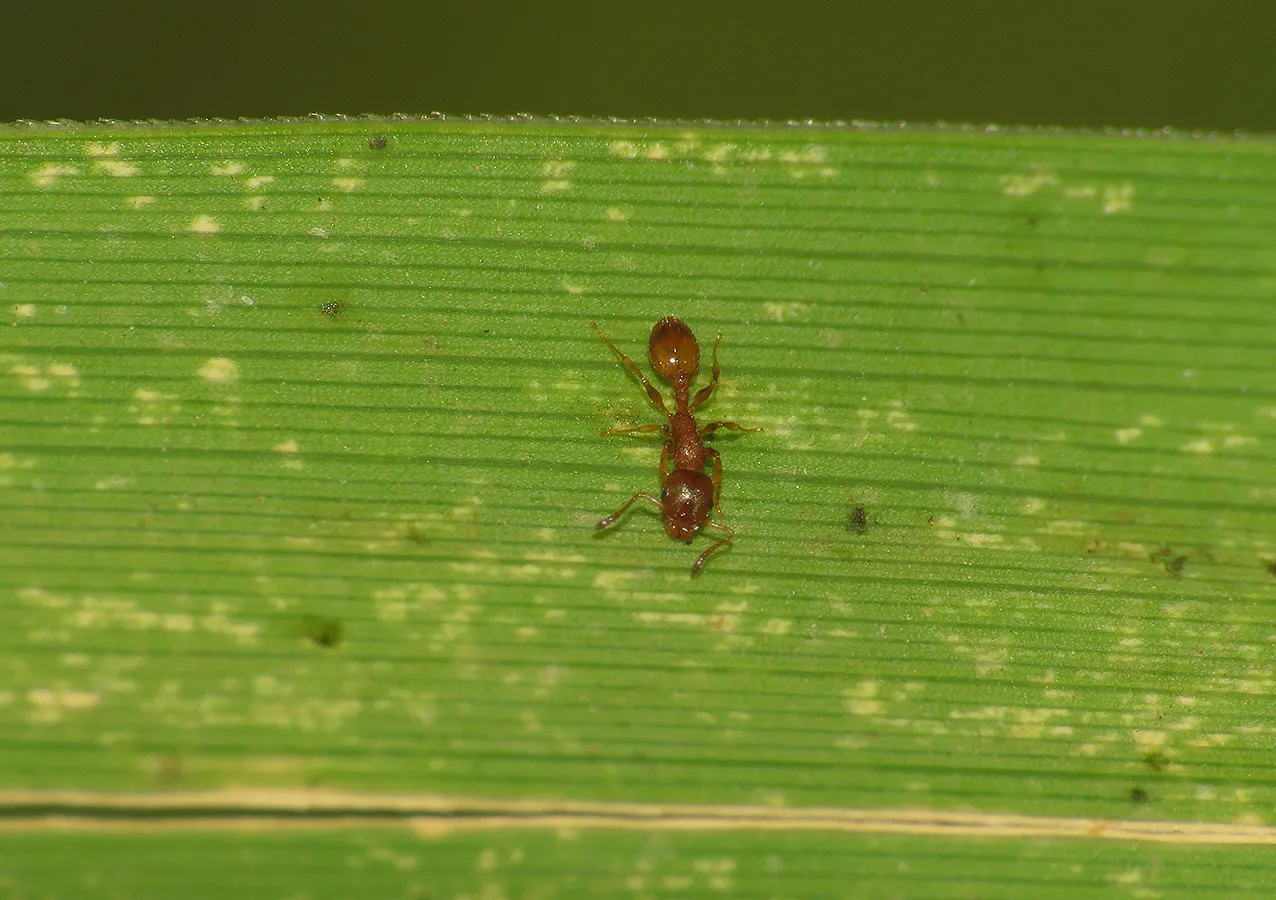
This tiny ant, probably a Temnothorax affinis worker, was photographed on one of the leaves on the lower part of the reed.
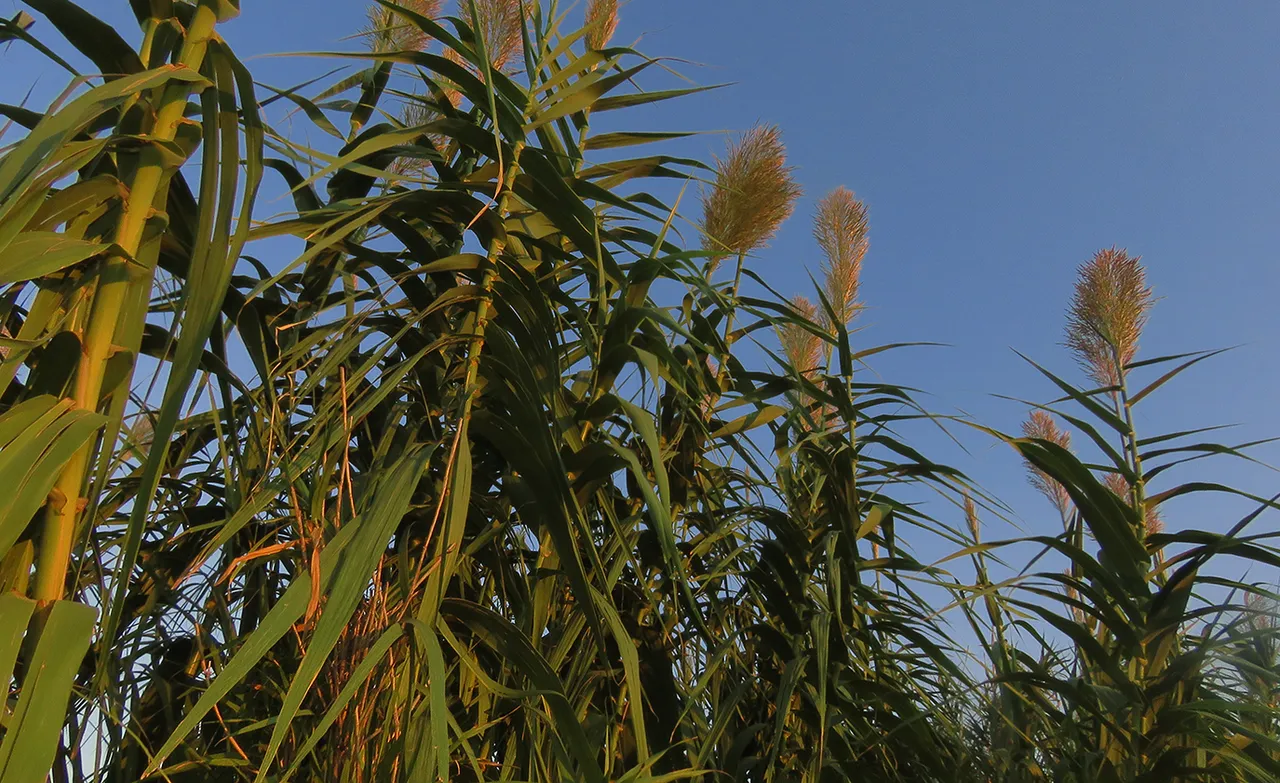
AND THAT'S IT. HOPE YOU ENJOYED EXPLORING THE REEDS WITH ME IN THIS EPISODE. AS ALWAYS HERE ON HIVE, THE PHOTOGRAPHS ARE MY WORK.
The following links will take you to the sites with more information about the protagonists of this post. I found some stuff about them there.
https://en.wikipedia.org/wiki/Angle_shades
https://en.wikipedia.org/wiki/Nigma_puella
https://en.wikipedia.org/wiki/Olive_fruit_fly
https://en.wikipedia.org/wiki/Eristalis_tenax
https://en.wikipedia.org/wiki/Phoridae
https://en.wikipedia.org/wiki/Chrysomya_albiceps
https://en.wikipedia.org/wiki/Lissonota
https://en.wikipedia.org/wiki/Runcinia_grammica
https://www.britishbugs.org.uk/homoptera/Delphacidae/Struebingianella_lugubrina.html
https://en.wikipedia.org/wiki/Temnothorax_affinis
https://en.wikipedia.org/wiki/Phragmites_australis

